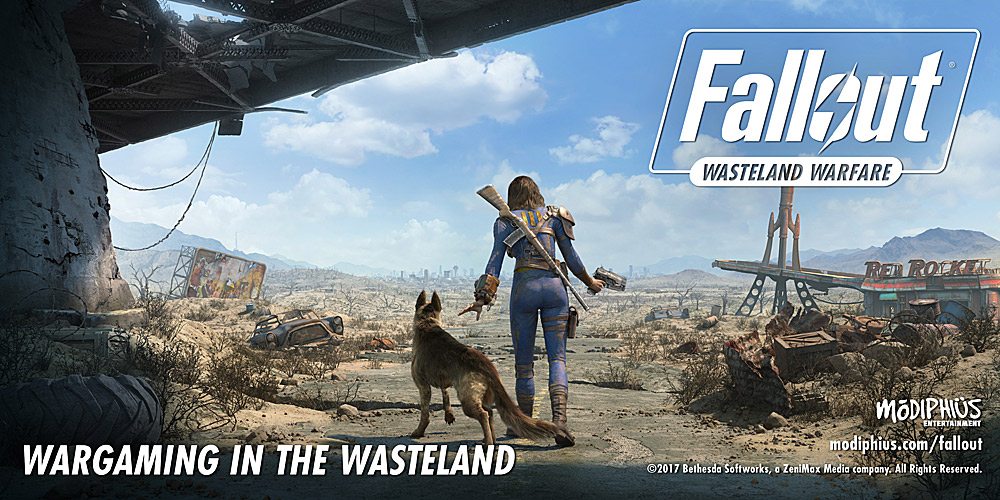
While I am by no means an aficionado, even I can appreciate the beautiful simplicity of the traditional fighting game. No other genre uses the core principles of gameplay—graphics, physics, and control interface—more efficiently (or more unabashedly) to engage and entertain, to keep the gaming audience coming back for more.
Despite its diminutive size and quirky Joy-Con controllers, the Nintendo Switch continues to prove itself as a competent platform for head-to-head fighters. From its own Super Smash Bros. Ultimate to the anime-infused Dragon Ball FighterZ to the massive Mortal Kombat 11, the Switch provides full-size console fighting fun on the go. This week a new *ahem* challenger has appeared, and while it may lack some of the bells and whistles of its distinguished competition, SNK’s Samurai Shodown arrives with all its quasi-historical swordplay intact.
Simply titled Samurai Shodown—the same name as the 1993 original—the first new franchise entry in 11 years arrived on the Switch on February 25. Same as it ever was, this new Samurai Shodown, despite its hi-def visuals and crystal-clear traditional soundtrack, remains a wonderfully stripped-down affair.
While button-mashing can get you pretty far in Smash (or even some more refined systems like Street Fighter), Samurai Shodown is all about economy of movement. As such, its tutorial system covers everything from simple advancing and retreating to properly timed blocks and counters. Basic attacks, unsurprisingly, come in three flavors: light (Y), medium (X), and heavy (A). Kicks (B) lack the power of even light weapon attacks, but they make up for it in speed and can really save your bacon if you can slide one in during a barrage of lumbering heavy enemy attacks.

There are, of course, the requisite combo attacks, and a secondary gauge (Rage) fills as your character takes damage. When maxed out, Rage increases attack damage, giving a pummeled opponent at least a fighting chance of coming back from the brink of a potential loss.
Once per match, players can trigger a Rage Explosion (Y+X+A). This briefly freezes time, further increases damage, and allows for even more devastating attacks like Weapon Flipping (which disarms an opposing fighter) and the monochrome Samurai-film madness of the Lightning Blade.
It’s exactly this sort of thoughtful approach to combat that separates Samurai Shodown from other fighting titles. Unfortunately, this old school aesthetic also colors the game’s offering overall as well. In addition to Practice there are Online and Battle (offline) fighting modes, the hybrid Dojo mode where you battle asynchronous online “ghost” challengers, and the traditional Story mode—none of them especially inspired in the modern context.

Samurai Shodown‘s saving grace, though, is its larger than life cast of combatants. Classic characters like ronin Haohmaru, French fencer Charlotte, falconer Nakoruru, Texan ninja Earthquake, and the umbrella-wielding Shizumaru Hisame are all accounted for. It boasts 21 playable characters in all—though 4 of those must be purchased as DLC.
The very best part of the game is where the personalities of all these varied participants shine through. Sadly, its rather antiquated and barebones Story mode only paints in broad strokes, and if you’re anything like me, you’ll have to go down the fan wiki rabbit hole to get the whole story on standouts like charismatic kabuki dancer Kyoshiro Senryo and sea-borne newcomer Darli Dagger.

In summation, Samurai Shodown is a different kind of Switch fighting game. Its decidedly old school aesthetic is still proudly on display, even if its overall visuals and stellar soundtrack have been nicely updated for the modern consumer. However, my one real knock against the game has nothing to do with its slower pace or more cerebral approach to combat.
The only thing really holding it back is the load times, which, while not long enough to be problematic, are just long enough to be annoying and slightly dull the overall experience.
Still, if you’ve exhausted your time with Pit and Link, had your fill of Goku and Vegeta, and have had it up to here with Scorpion and his quest for vengeance, Samurai Shodown offers a unique take on the classic fighter that even those who’ve never experienced the iconic franchise will find fun, challenging, and rewarding.
Review materials provided by SNK via HomeRun PR. Samurai Shodown is rated M 17+ by the ESRB. This post contains affiliate links. Team Darli for life.



